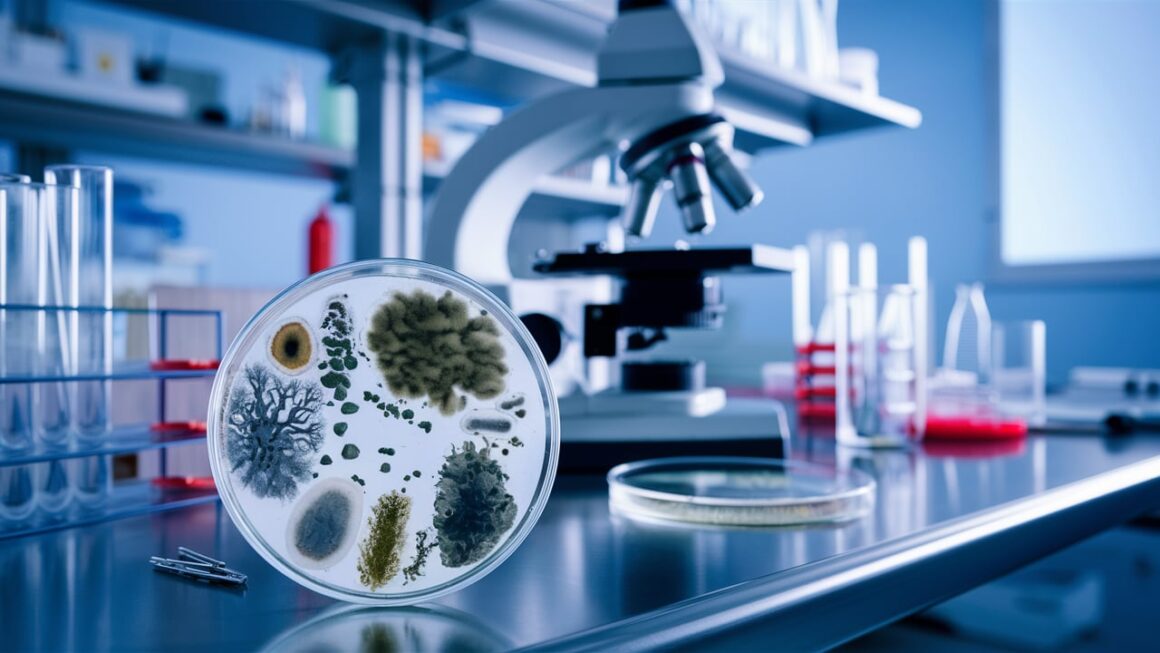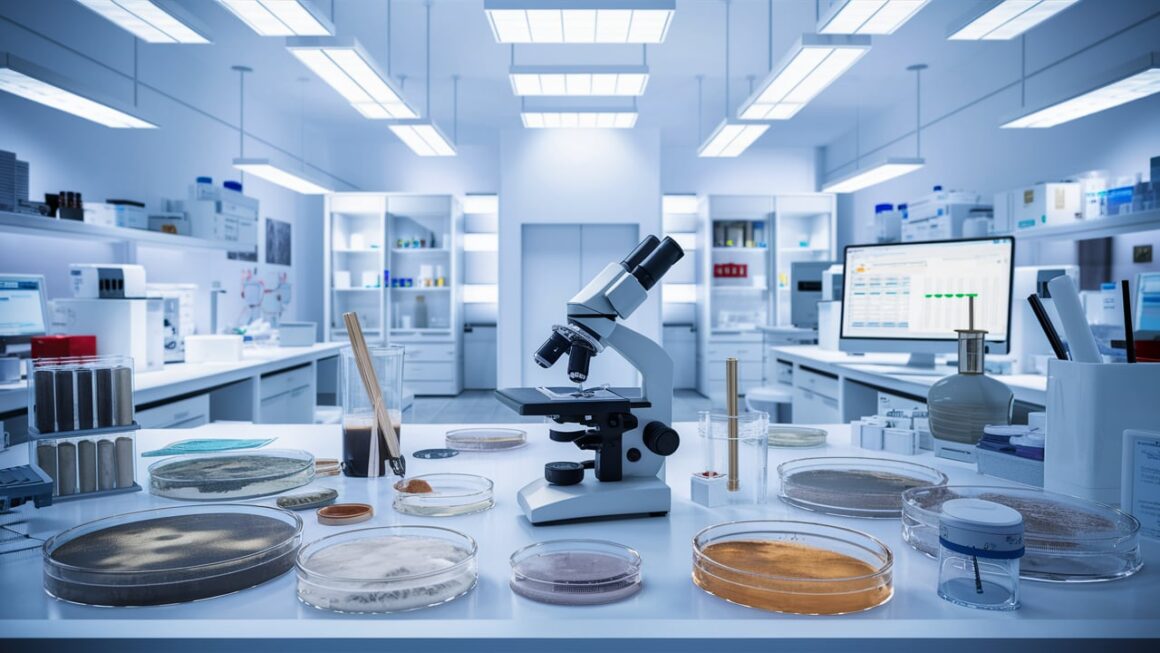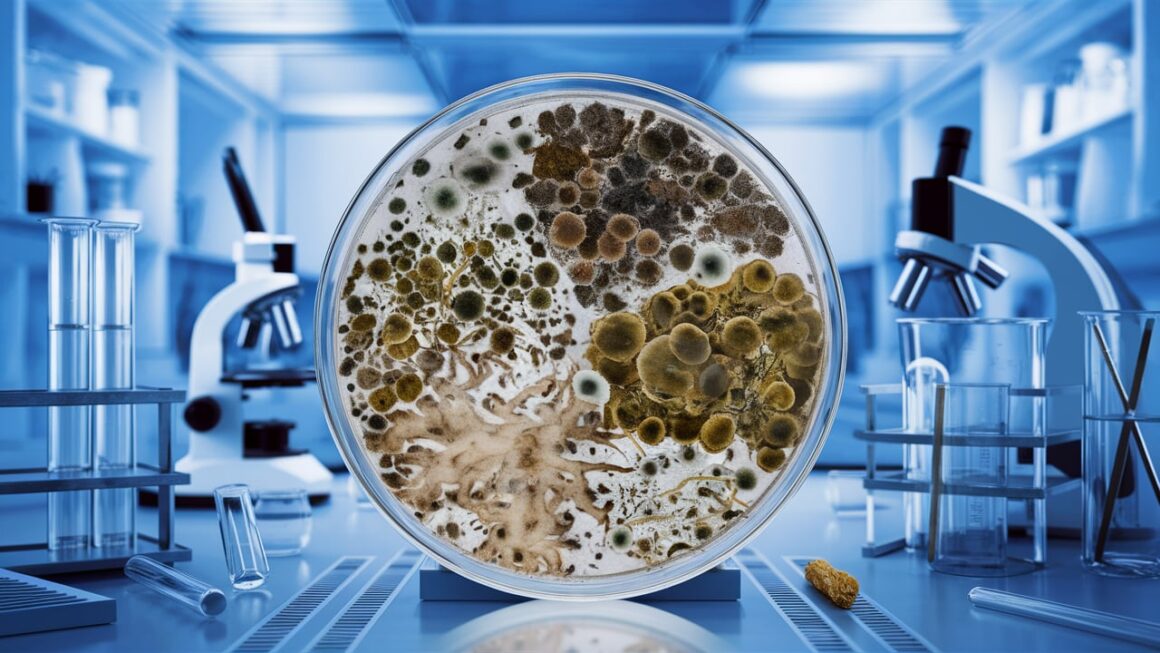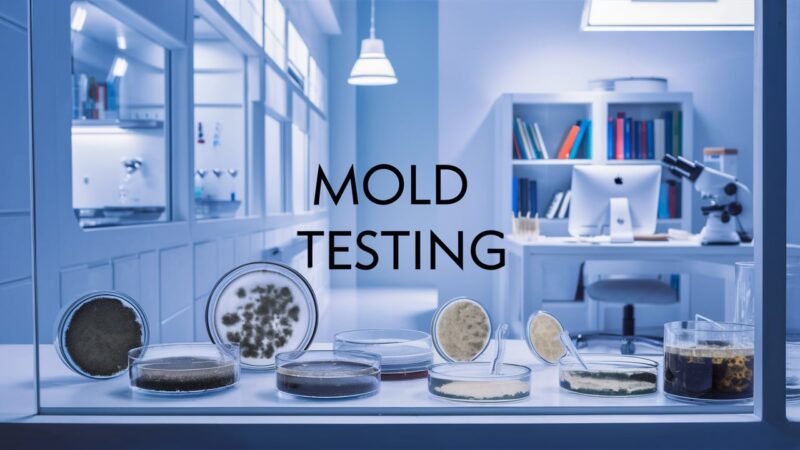The field of mold testing technology has seen rapid advancements in recent years, with innovative solutions and cutting-edge tools reshaping the way professionals detect and assess mold contamination.
From state-of-the-art equipment that can quickly and accurately identify mold spores to advanced data analysis techniques that provide insights into potential health risks, the latest trends in mold testing technology are revolutionizing the industry.
As researchers and industry experts continue to push the boundaries of what is possible, the future of mold testing looks brighter than ever. In this article, we will explore some of the most exciting developments in mold testing technology and their potential impact on the field in the coming years.
Introduction to Mold Testing Technology

The evolution of mold testing technology has been a game-changer in the field of environmental testing and remediation. With the latest advancements in technology, professionals now have access to a wide range of tools and techniques to accurately detect and analyze mold growth in various environments.
From traditional methods like air sampling and surface testing to more innovative approaches such as DNA analysis and infrared imaging, the possibilities are endless. This article will explore the latest trends in mold testing technology, highlighting the benefits and limitations of each method to help professionals stay ahead of the curve in effectively managing mold contamination.
Advancements in Mold Testing Methods

The field of mold testing has experienced significant advancements in recent years, with new methods and technologies continuously emerging to improve accuracy and efficiency. These innovations focus on not only detecting the presence of mold but also identifying specific types and levels of contamination.
One of the most notable developments is the use of DNA testing to precisely pinpoint the source of mold and assess its potential health risks. Additionally, advanced imaging techniques, such as infrared thermography and moisture meters, enable professionals to identify hidden mold growth within walls and other hard-to-reach areas.
As these technologies continue to evolve, the mold testing industry is better equipped than ever to provide comprehensive and reliable assessments for homeowners, businesses, and property managers.
Emerging Technologies in Mold Detection

In the realm of mold detection, emerging technologies are revolutionizing the way we identify and combat mold growth in domestic and commercial settings. From advanced sensors that can detect mold spores in the air to innovative imaging techniques that can pinpoint hidden mold within walls and ceilings, the latest trends in mold testing technology are paving the way for more accurate and efficient detection methods.
These cutting-edge technologies not only help to prevent health risks associated with mold exposure but also save time and money for property owners by enabling early detection and remediation of mold infestations. As we venture into the future of mold detection, the possibilities for improved efficiency and effectiveness are endless, promising a safer and healthier indoor environment for all.
Conclusion
In conclusion, the rapidly advancing mold testing technology seen in 2024 has revolutionized the way we approach mold detection and analysis. These latest trends, ranging from AI-powered sensors to real-time monitoring systems, are helping to improve the accuracy and efficiency of mold assessments.
With the implementation of these cutting-edge tools, we can better understand the extent of mold contamination in indoor environments and take proactive measures to ensure the health and safety of occupants. As the field of mold testing continues to evolve, it is clear that these technological advancements are shaping the future of mold assessment practices.


